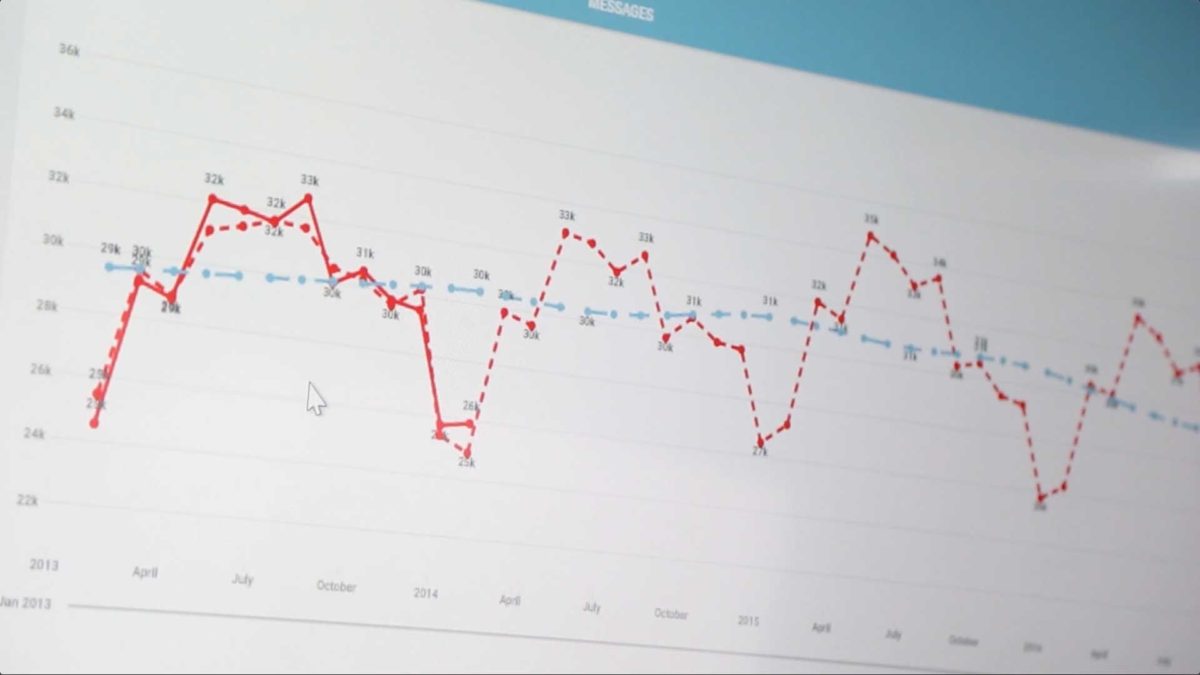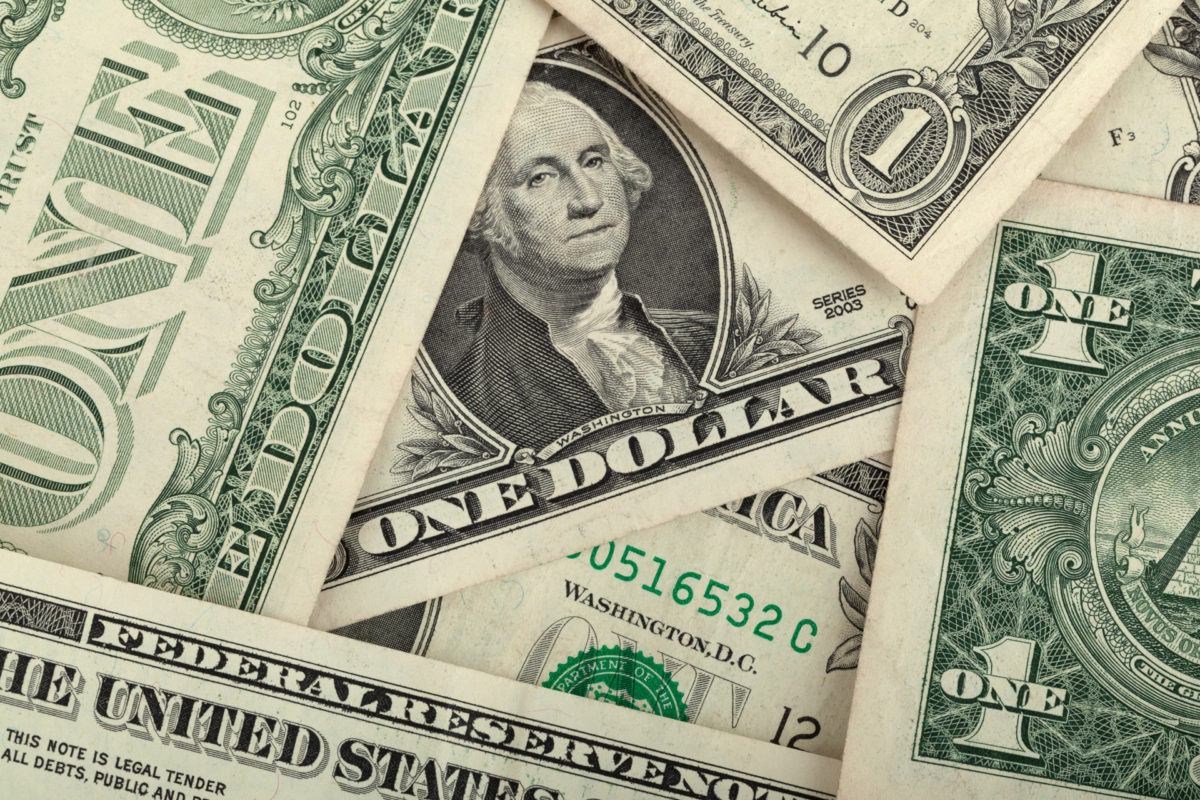Information Markets or Prediction Markets are an interesting phenomenon. They basically work the same as stock exchange markets, but instead of buying or selling shares in a company, you buy or sell a contract predicting a certain event. For example, the event could be: Hillary Clinton wins the 2016 presidential elections. If you believe the chance of this happening is higher than the current value of the contract, you would buy the contract and if you are correct you would make a profit. So basically, a chance of 100% would have a cost of €1, while 0% would be €0 in value. Anything in between then becomes the chance of this event happening as predicted by the market. This means that if the contract sells for €0.70, the market says there is a 70% chance of this happening. Research into prediction markets has found that these predictions are generally as accurate or more accurate than the predictions of individuals, even if they are experts.
This may sound like something incredibly useful and that we can now predict everything before it has happened and so prevent bad things from happening, or at least be prepared for them. However, it’s important to realize that prediction markets are not fortune-tellers: it is not true that you ask a big group of people at any point in time what they predict will happen and that this will be accurate. Instead, it just means that the wisdom of the crowd tends to be more accurate than individual wisdom, but it is still based on the information that is available at that time. So if that information suddenly changes, the predictions will also shift suddenly. Over time, the predictions will become more accurate, which makes sense since there is less chance of something really big happening, and more information is already available. This means that prediction markets are a really good information aggregation tool: we can generally accept that its prediction will be based on all the information available at that point in time.
I would be very interested in seeing how accurate predictions are for which not much information is available, or where people are not given the chance to gather more information. Would predictions still be very accurate? Either way, I’m fascinated by this concept, as I think there are still many valuable applications in which this idea could be used.



